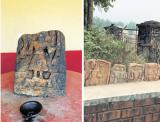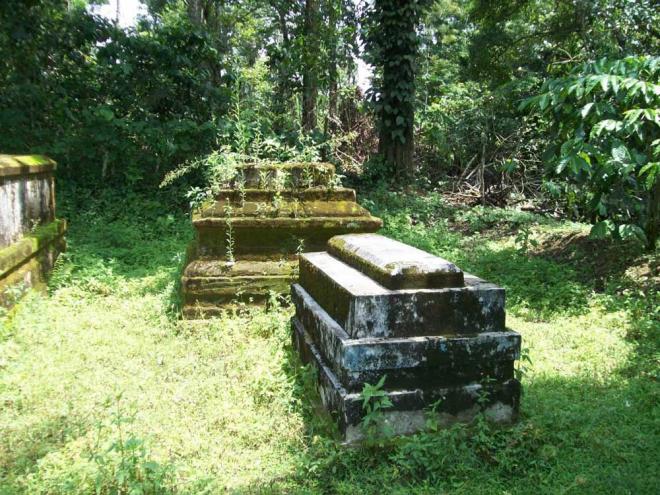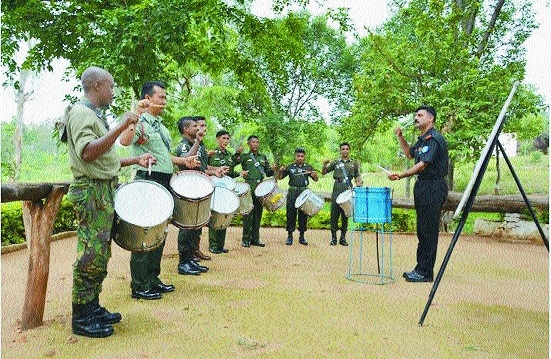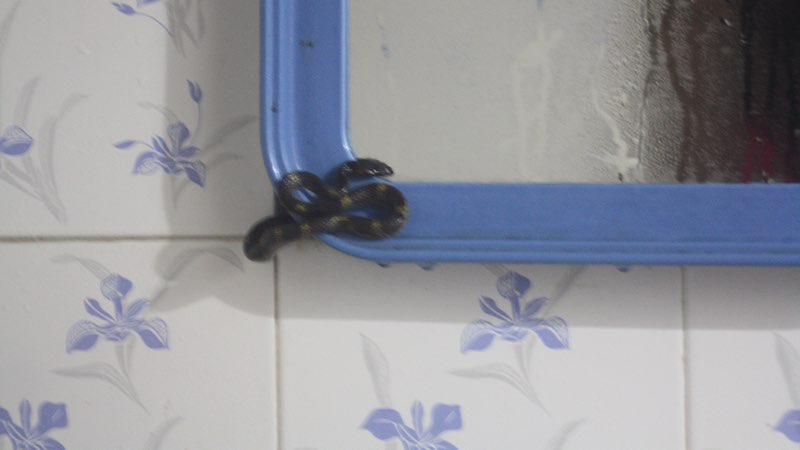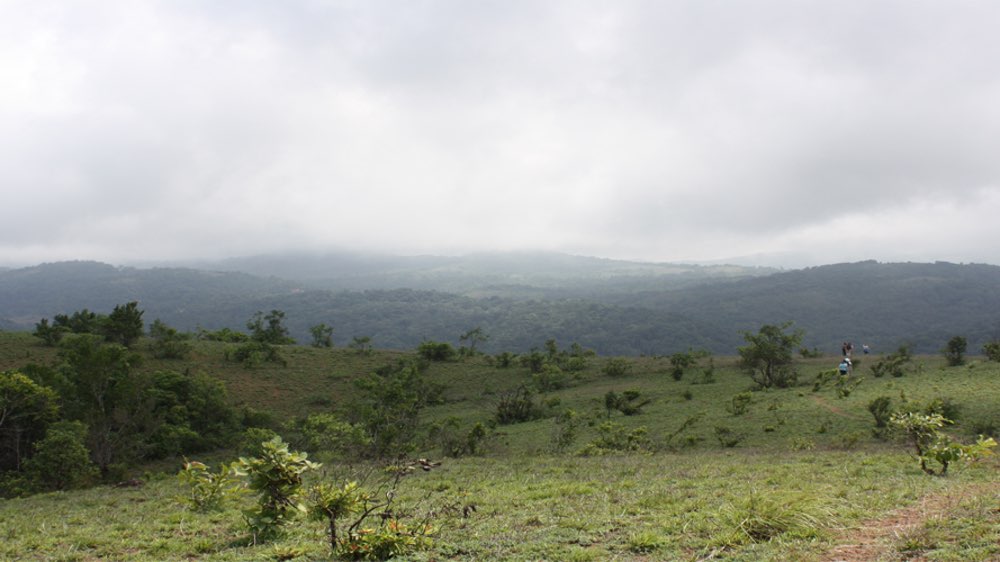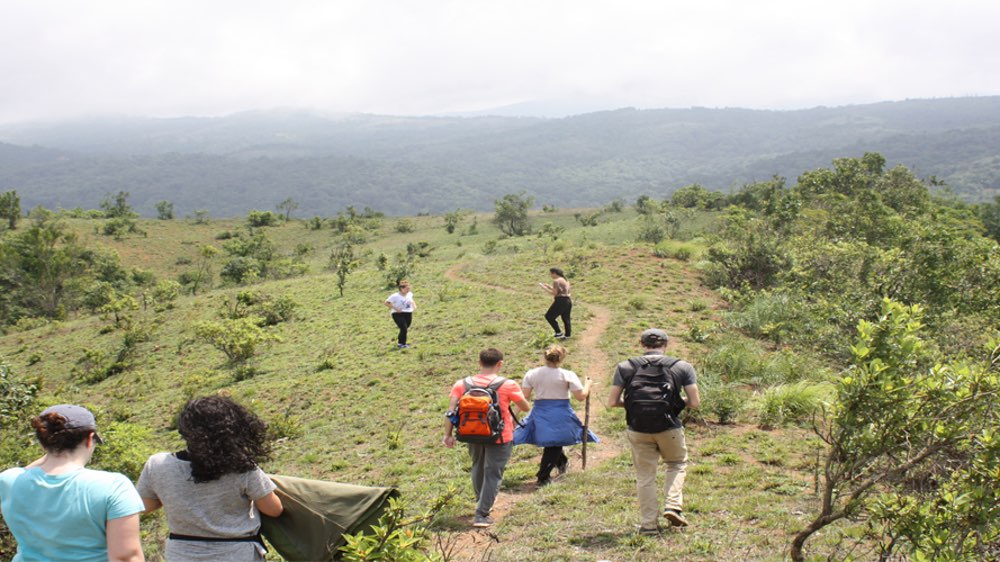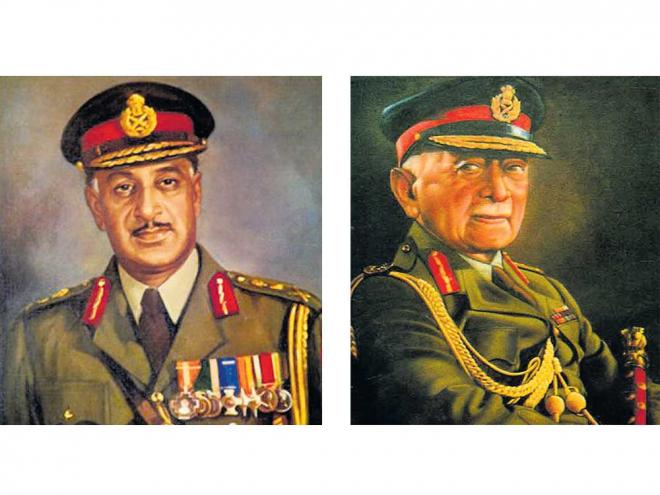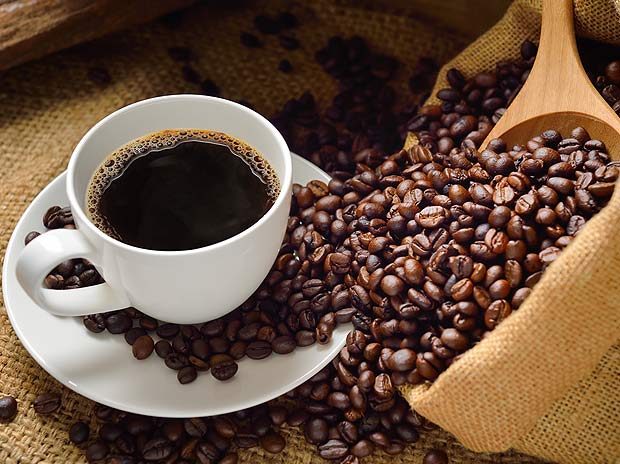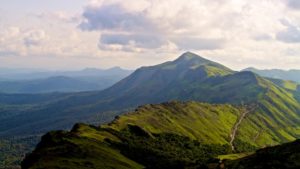Since ancient times, kings have dedicated hero stones, called Bira Kall in Kodava language, to the memory of martyrs. Many hero stones have been found in North Kodagu, especially around Somwarpet. These coarsely sculpted granite tablets, often issued by the rulers or commissioned by affluent families, are also known as Kolle Kallu, stones of the killed.
A number of hero stones have been lined around the Government Museum in the Madikeri Fort. Often, the hero stone comprises of 2 or 3 panels. Usually, on the top of the hero stone, a sun and a crescent moon are inscribed. At the bottom, figures of men and women holding weapons such as swords, shields and bows are carved.
Some sculptures in the classic style have been found elsewhere in Karnataka, such as Mysuru, Shivamogga and Belagavi. In such hero stones, the topmost compartment, underneath the sun and moon, would be a linga and a bull with worshippers around them. The second would show the hero ascending the heavens with apsaras on either side fanning him. The third would have the hero battling other warriors during his life on earth. Sometimes there is a fourth, the bottommost compartment, which might have a horse and an elephant etched.
A peep into history
Of these, the most well-known Bira Kall in Kodagu, made in 1768, has an image representing Kannanda Doddayya, a dalavayi or army general, wearing a traditional costume, called the kuppya chele, with a gun in one hand and a native war knife, an oide katti, in the other. It is said that when Hyder Ali unsuccessfully attacked Kodagu, Doddayya stood before King Muddu Raja II on the eve of the battle and declared: “Twice before have I returned after defeating Hyder and bowed to you. But this time, I shall not be back.” Indeed in 1767, Doddayya was fatally wounded near Kajur Bagilu even as the army returned victorious. Later, his house was destroyed and 24 members of his family were killed by Hyder’s son Tipu Sultan.
According to G Richter’s Manual of Coorg, which was published in 1870, Doddayya’s Bira Kall was first placed in a paddy field, upon a hill slope and opposite the Mercara Central School.
A kaimada, a small sanctuary built in remembrance of ancestors, was built a few decades ago and the Bira Kall was shifted into it. In front of this place, which is also called Birappa Sanctuary, and to the right is a shrine dedicated to Vishnu Murthy (Vishnu’s spirit). To the left of the sanctuary is a shelter, called the pavali, where a number of devotees can sit within. Behind the sanctuary and to the left is a trishul, planted upon a raised platform. There are two raised stone seats, one behind the other and facing the sanctuary.
The Kannanda family has 3 more memorial stones, featuring some more family members, placed inside another shrine. While one stone has a male ancestor with younger members, the second has a woman with children around her and the third shows two male ancestors holding weapons. Beside this second shrine is another pavali with stone benches inside. When I paid a visit to the Bira Kall site, I met some members of the Kannanda family — Suresh, Ashwini, and a clan elder, Pookunhi to know more about the hero stone. They narrated the legend of Doddayya. Accordingly, Doddayya’s Kodagu army had successfully defeated Hyder Ali’s army and was returning back victoriously. But unfortunately Doddayya was struck and wounded on the way.
The king, pleased upon seeing the return of the victorious army, was dismayed when he heard of the dying general. Doddayya was led up the walls of Madikeri Fort and all the lands that he looked upon were then granted to his family by the grateful King. Part of this was what is today called the Kannanda bane (land), the area beyond Mann’s compound and Ajjamada Devaiah circle in Madikeri. Doddayya passed away and a Bira Kall was made for him. Some more land grants were made to the Kannanda family by the king. Thus the family came to own lands in seven places: Bavali, Madikeri, Haleri, Poramale, Kajur, Noorokkal and Katakeri. It is said that at one point, the Kannanda family owned half of Madikeri. Family members sold away most of their lands over the years. Now only 3 of the original 7 places remain with them.
Folk culture
A week after the festival of Shivaratri, the Pade Bira (war hero) Kannanda Doddayya is remembered and a two-day festival is organised. Dance and enactment performances, called there, are arranged. On the first day, prasada is prepared and the Guru Karana, an ancestor who was the preceptor as well, is remembered. The bhandara, money offered at the temple, is moved that evening. Throughout the night, the Anji Koot Murthy (five spirit deities) is held. At dawn the next day, the Vishnu Murthy There is held.
The final function, Pade Bira There, has a performer imitate Kannanda Doddayya and the Nari Pooda (tiger spirit) There has another performer emulate a tiger. The Pade Bira There and the Nari Pooda There performers together dance frantically around the place. While the Pade Bira sits upon the seat near the temple, the Nari Pooda sits upon the seat away from the temple.
The Nari Pooda performer leaves early while the Pade Bira performer is the last one to remain.
Not only do the hero stones allow us to remember those who have sacrificed themselves, they also allow us to understand a time in history.
source: http://www.deccanherald.com / Deccan Herald / Home> Supplements> Spectrum / by Mookanda Kushalappa / April 26th, 2016
